If you’re stepping into mountain biking, learning key techniques is vital. These skills boost your confidence and make riding more fun. Remember, practice makes perfect in mountain biking.
To start, adjust your bike’s suspension to match your weight. This helps your bike perform better. Make sure your seat is at the right height to avoid discomfort. Also, keep your body relaxed to handle your bike more easily.
Always look ahead and be aware of your surroundings to stay in control. Riding with experienced bikers can also speed up your learning. Practising the track stand technique can boost your confidence too.
Use your biking skills often to get the most out of your bike’s suspension. Try different trails and watch videos to learn more. Staying calm and breathing deeply will help you ride with confidence.
Understanding the Basics of Mountain Biking
Learning the basics is crucial for enjoying mountain biking. It helps beginners grow their confidence, shaping their overall experience. This confidence lets riders handle different trails and challenges that come with mountain biking.
The Importance of Confidence in Riding
Gaining confidence in biking boosts your enjoyment of both the journey and the sport itself. Secure riders can try out various techniques and styles. This not only betters their performance but also cuts down the risk of accidents. With a good grasp of the basics, new riders can smoothly overcome obstacles.
Different Types of Mountain Biking Styles
Knowing the different styles of mountain biking helps beginners find what they like. Each style has its own challenges and rewards:
- Cross-Country: Great for starters, it focuses on endurance and climbing skills.
- Enduro: This is a blend of climbing and descending, fitting for many skill levels.
- Downhill Biking: This one’s for the pros, with steep descents and need for special bikes.
Getting better at these styles is key to enjoying mountain biking more.
| Mountain Biking Style | Description | Skill Level |
|---|---|---|
| Cross-Country | Focuses on endurance and diverse terrains | Beginner to Intermediate |
| Enduro | Mix of climbing and descending in varied environments | Intermediate |
| Downhill Biking | Intense descents; requires advanced control | Advanced |
Beginner Mountain Biking Techniques
For beginner mountain bikers, learning key techniques is a must to get better. We will look at suspension setup, the right seat height, and how to stay in control. Knowing these basics will make riding more fun.
Suspension Setup: Getting the Right Sag
Getting your suspension setup right is crucial for a comfortable ride on trails. You should adjust the sag to fit your weight and how you ride. Aim for a sag of 20-30% of your shock’s total travel. Try out the suspension by standing to see how it handles real situations. This will help your bike handle bumps better.
Importance of Proper Seat Height
The right proper seat height is key for good pedaling and avoiding injuries. Your seat should be set so your knee is slightly bent when the pedal is down. This helps with power on climbs and descents. Keep checking your seat height as you get better for more comfort and skill.
How to Maintain Control and Balance
Learning bike control tips improves stability on all kinds of ground. Stay loose to move better over obstacles. Practice shifting your weight while keeping balanced. This skill is vital for difficult trails. Consistent practice will make you better at controlling your bike.
Body Positioning and Handling Your Bike
To get better at mountain biking, understanding how to position your body is crucial. This part talks about the need to keep your body relaxed and to learn how to move separately from your bike. These skills are important if you’re a beginner wanting to feel more confident and in control on different surfaces.
Keeping Your Body Loose and Springy
It’s important to ride with a relaxed body. This helps a lot in biking. If your arms and shoulders are relaxed, you can control the bike better, whether going downhill or over bumps. You need to balance your weight evenly between the front and back wheels. By slightly bending your legs and arms, you act like a shock absorber, making it easier to handle rough paths and react quickly.
Mastering the Body-Bike Separation Technique
The body-bike separation technique helps you move better on your bike. By moving your hips and knees separately from the bike, like leaning back a bit when you go downhill, you stay balanced. Lean forward and keep your chest down near the handlebars for more stability. Look ahead to see what’s coming and be ready to dodge obstacles. This not only improves your control but makes mountain biking more fun.
| Technique | Description | Benefits |
|---|---|---|
| Weight Distribution | Evenly balance weight between front and rear wheels. | Maintains stability, enhances control. |
| Heels Dropping | Lower heels while riding downhill. | Increases stability, resists braking forces. |
| Arms and Legs Engagement | Keep limbs bent to react better to terrain. | Provides extra suspension on rough sections. |
| Core Control | Isolate body mass from bike movements. | Enhances power and efficiency in advanced skills. |
Visit this resource for more about how body positioning helps in mountain biking. Learning these essential skills will greatly improve a beginner’s experience.
Cycling Techniques to Improve Your Skills
As you get better at mountain biking, learning certain cycling tricks can hugely improve your abilities. Cornering is crucial – it’s all about keeping the right body position and looking ahead through turns. This makes taking sharp bends easier and helps you keep up your speed without having to brake too much. Learning to lean into corners also ups your control and makes biking more fun.
Practicing the track stand is another top tip. It’s a key trick for staying stable. By doing a track stand, you can stay upright without having to put your foot down. This is really handy when you’re tackling tough bits of the trail and need to pause and plan your next move. Doing track stands often will boost your balance and confidence on the bike.
Adding these strategies to your cycling can really polish your technique. Focusing on your cornering skills and controlling your momentum works wonders, whether you’re on a quick ride or a longer journey. Keep practising these techniques. With each bike ride, you’ll be one step closer to being a mountain biking pro.
FAQ
What are the essential techniques for beginner mountain bikers?
For beginners, learning key skills is vital. These include controlling the bike, positioning your body correctly, and keeping balanced. Getting your suspension set up right boosts your confidence and improves your ride.
Why is confidence important for beginner mountain bikers?
Confidence is key for beginners. It helps improve performance and lets them face tougher trails. This boosts their biking experience and fun.
What different styles of mountain biking should beginners consider?
Beginners have several styles to try. Cross-Country is great for starters. Enduro or All-Mountain provides varied terrains. Downhill biking is for those with advanced skills and requires special bikes.
How should I set up my bike’s suspension?
Correct suspension setup is essential. It must match your weight for the best comfort and control. This makes riding on different terrains better.
What is the significance of proper seat height?
The right seat height is crucial. It ensures you pedal efficiently and lowers injury risk. This makes mountain biking more enjoyable.
How can I maintain control and balance while riding?
Keep your body flexible for better control and balance. Allowing movement between your body and the bike helps with handling. It makes navigating tricky parts smoother.
What is body-bike separation, and why is it important?
Body-bike separation means moving your hips and knees without moving the bike. It improves your ability to steer and stay stable. This is particularly useful on downhills and over obstacles.
How can I improve my cornering skills?
Good cornering involves the right stance, keeping your speed, and looking ahead through turns. This means you can handle corners smoothly and with confidence.
What is the track stand, and how can it help me?
The track stand is a balance technique. It lets you stay upright without needing to put a foot down. This improves your control, useful for technical paths and tight spots.
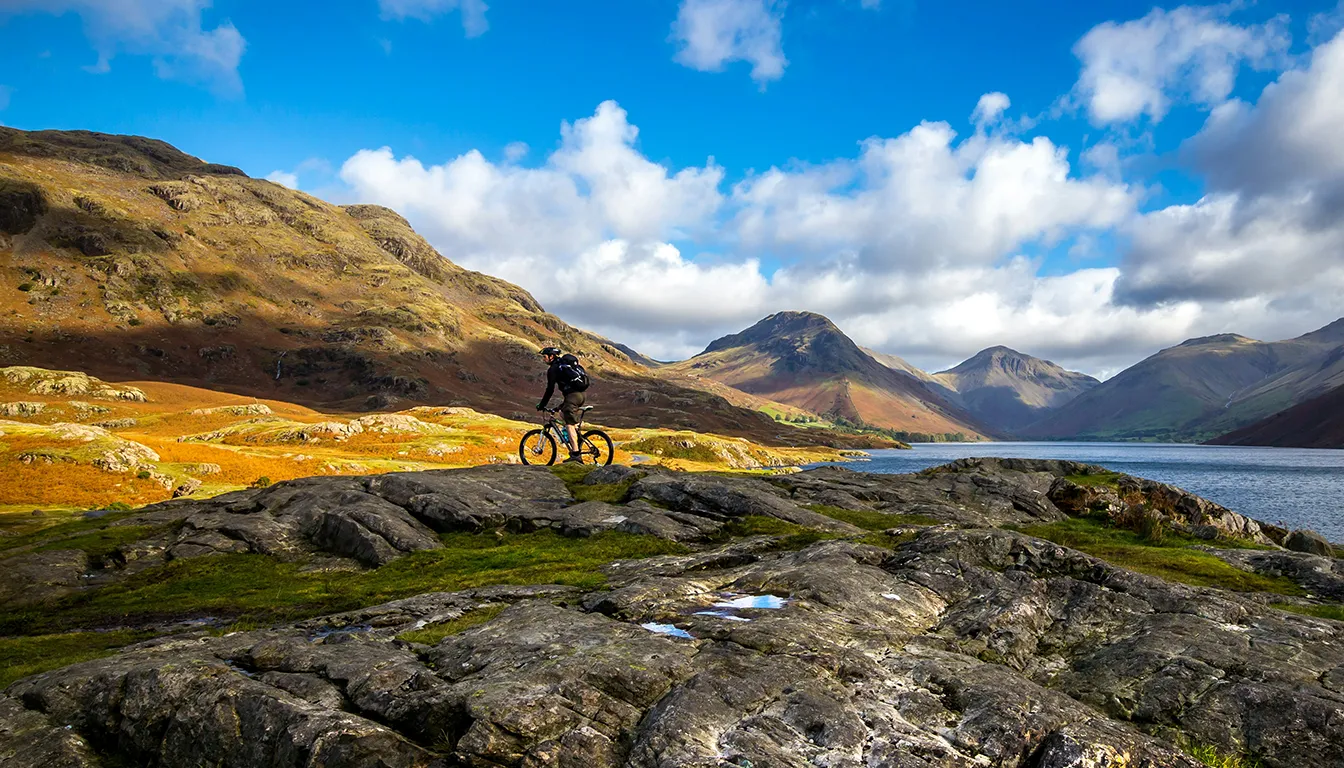

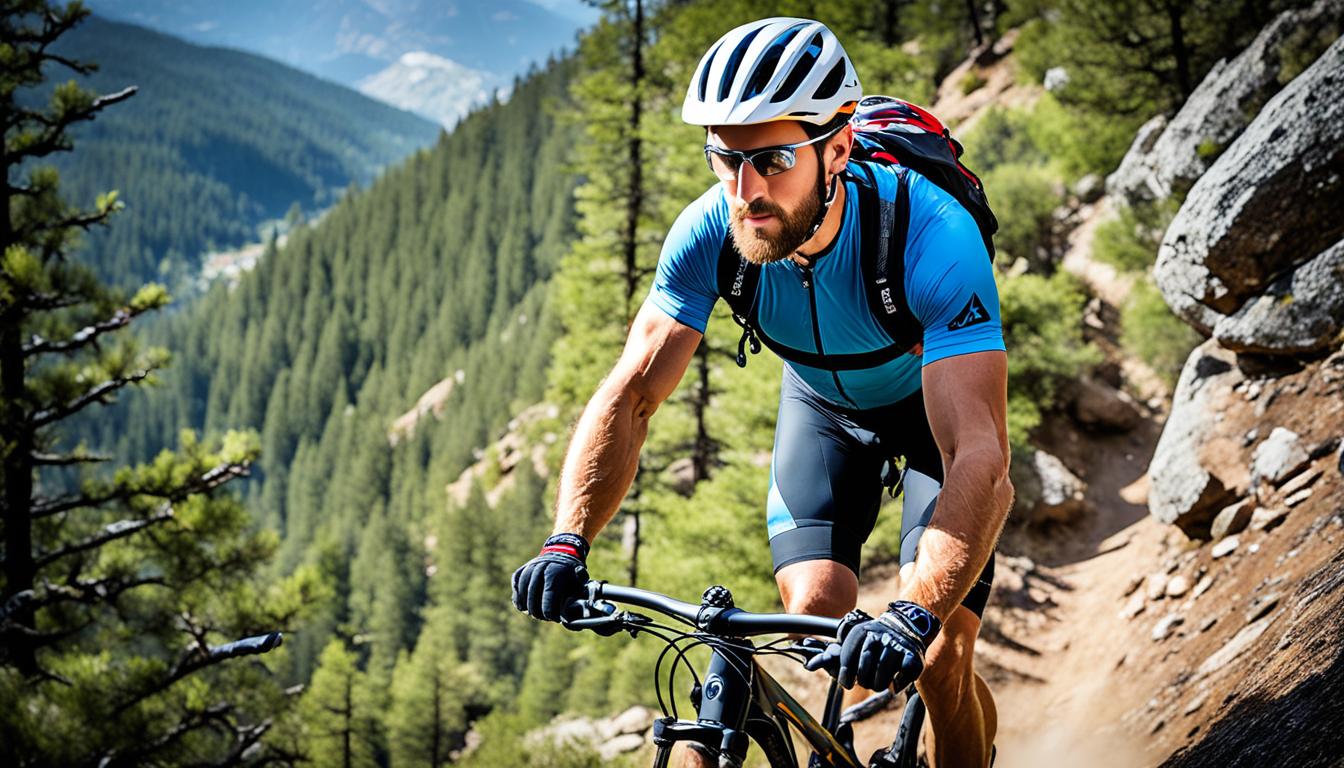
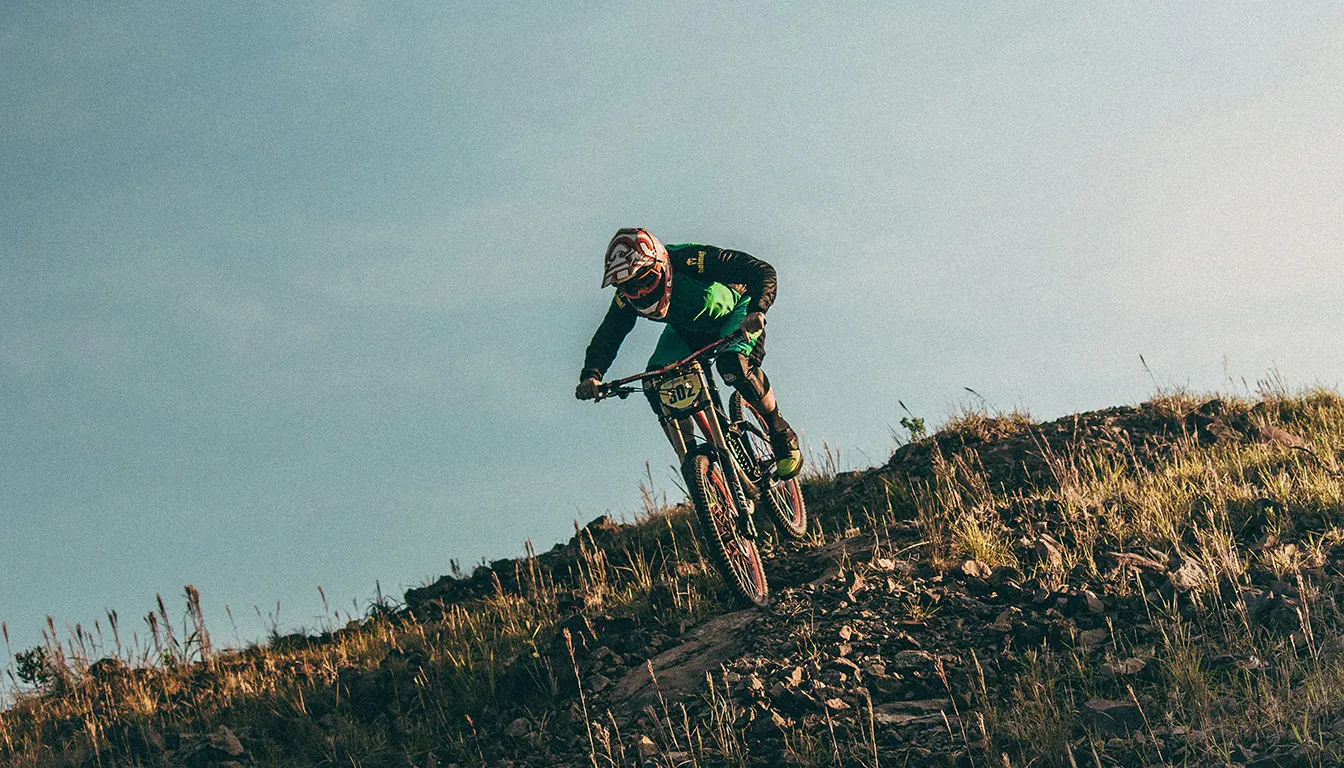

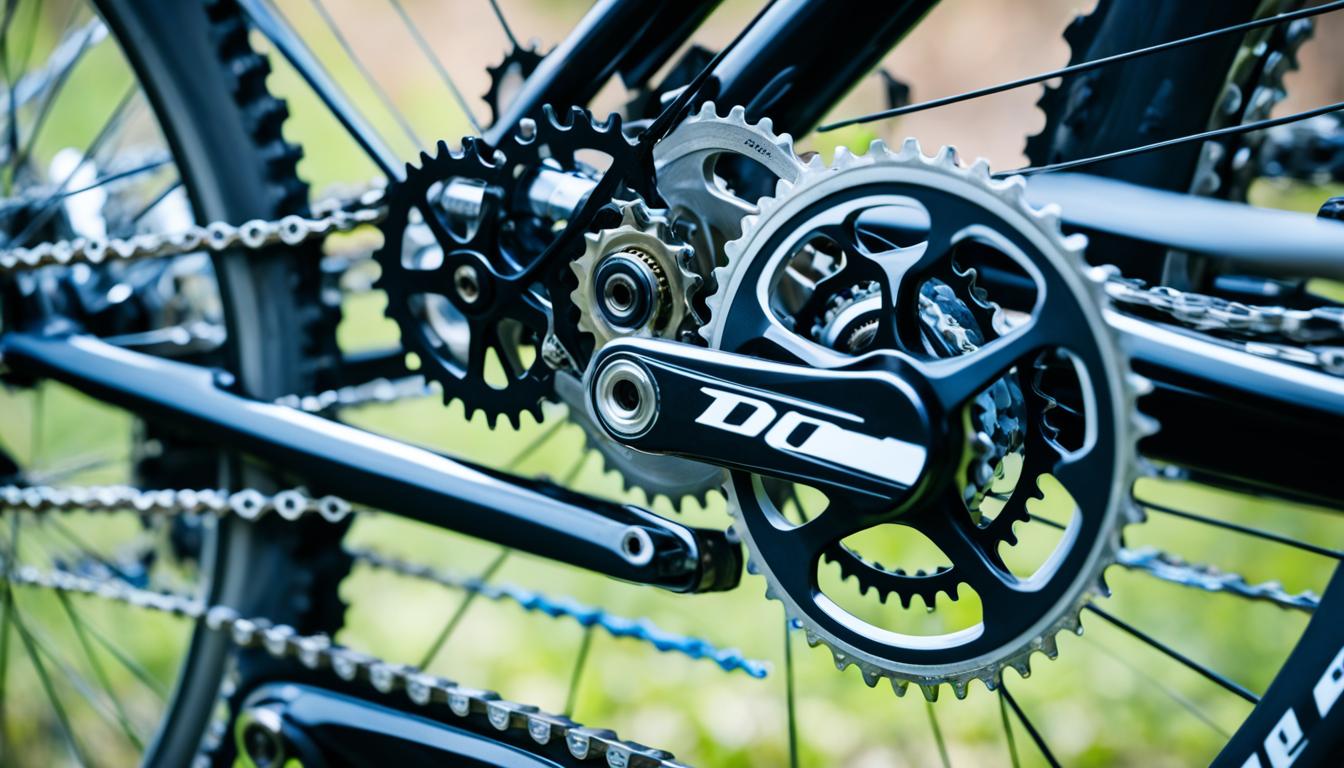
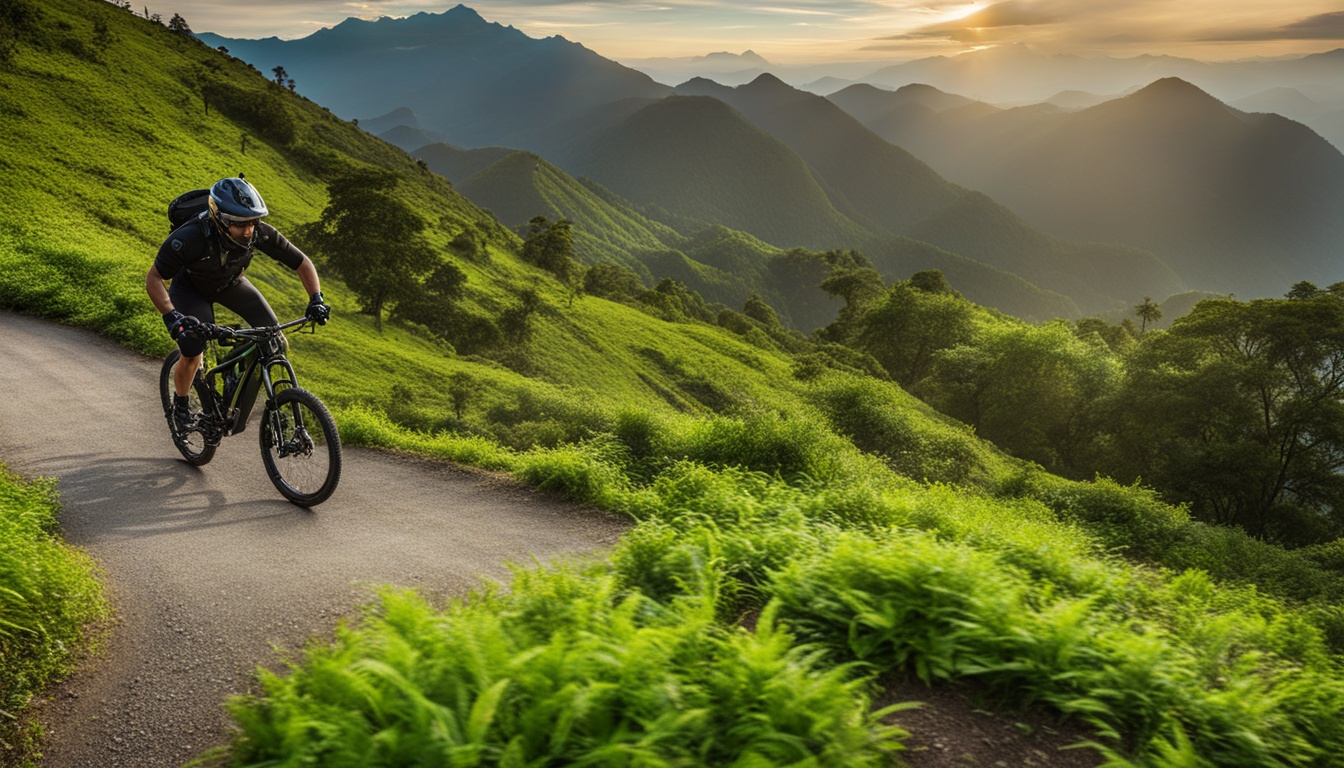
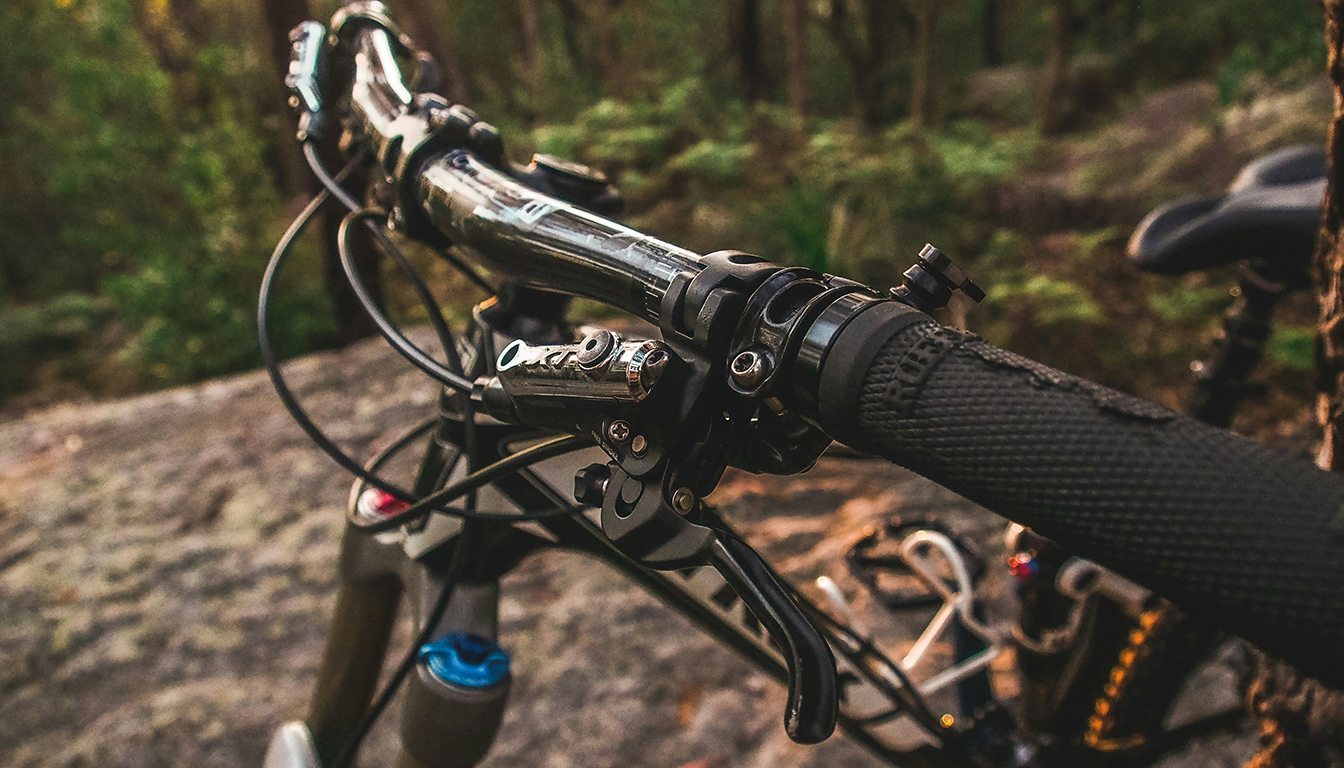
3 thoughts on “What Are the Essential Techniques for Beginner Mountain Bikers?”